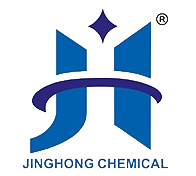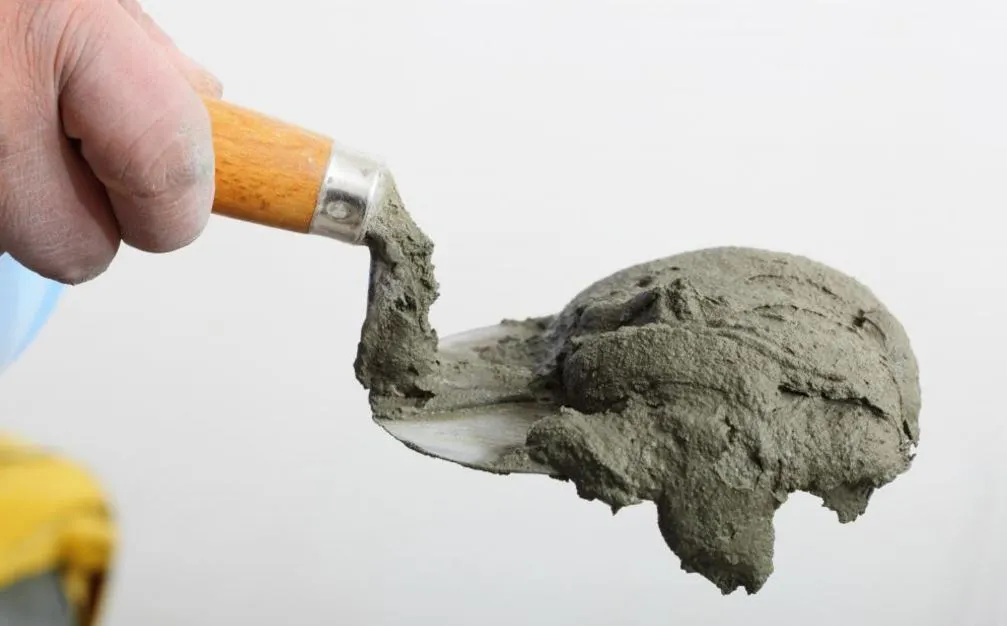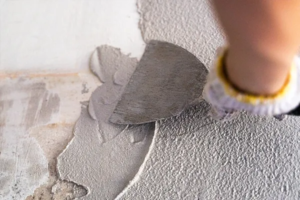Incorporating Hydroxypropyl Methyl Cellulose (HPMC) into dry mixed mortar is a common practice in modern construction, especially for applications like wall putty. But why is this additive so crucial? Let’s explore its key roles in enhancing mortar performance.
Hydroxypropyl Methyl Cellulose (HPMC) is an essential cellulose ether added to dry mixed mortar to improve workability, water retention, and adhesion. It plays a key role in ensuring a high-quality, durable finish, especially in wall putty formulations.
Now, let’s dive deeper into why HPMC is critical for dry mixed mortar and how it benefits both manufacturers and end-users.
1. HPMC’s Role and Benefits in Dry Mixed Mortar
HPMC powder is a key ingredient in dry mixed mortar formulations. Its versatility enables it to improve various properties of mortar, making it indispensable for construction applications. HPMC is widely used to enhance workability, water retention, and adhesion in products like wall putty. As a thickening agent, it improves the flowability of the mortar, making it easier to spread, apply, and smooth. Additionally, it ensures that the mortar maintains its consistency throughout the application process, providing a uniform finish. For wall putty, HPMC also helps improve adhesion to surfaces, ensuring a strong bond that lasts longer.
The inclusion of HPMC improves the workability of the mortar, allowing for easier application and smoother surfaces. It reduces friction between the mixture and the trowel, making the process more efficient and less tiring. Moreover, by enhancing water retention, HPMC helps the mortar to stay workable for a longer time, reducing the risk of premature drying. This results in a better, more even finish, particularly for wall putty, where a smooth, consistent application is essential. The strong adhesion provided by HPMC also prevents the mortar from peeling or separating over time, even when exposed to physical stress or environmental factors.
2. HPMC Improves Water Retention in Dry Mixed Mortar
Water retention is one of the most important factors influencing the quality of dry mixed mortar. Hydroxypropyl Methyl Cellulose (HPMC) plays a crucial role in this aspect, especially in exterior applications like wall putty, where the material needs to maintain its moisture content during application.
HPMC functions as a stabilizing agent in dry mixed mortar, preventing it from drying out too quickly. This is particularly vital for wall putty, where keeping the surface moist for longer periods is crucial to achieving a smooth finish. Without HPMC, the mortar might set too fast, leading to issues such as uneven curing or premature cracking. HPMC ensures that the mixture remains moist, allowing it to be worked with for a longer period without compromising its performance. This improves the final appearance and quality of the mortar, leading to stronger bonding and a smoother finish that lasts longer.
By retaining moisture, HPMC also promotes more consistent curing, which is essential for achieving the full strength of the mortar. It ensures that the mortar cures evenly, reducing the chances of cracks or other defects that can arise from uneven drying. For wall putty, this results in a smoother and more durable surface that can withstand the rigors of everyday use, such as temperature fluctuations or humidity.
3. HPMC Enhances Bonding Strength in Mortar
The adhesive properties of dry mixed mortar are critical to ensure strong bonds between substrates and the mortar. Hydroxypropyl Methyl Cellulose (HPMC) enhances these properties significantly, ensuring that the mortar stays in place and provides long-term durability.
By incorporating HPMC into dry mixed mortar, the bonding strength is improved, ensuring better adhesion to surfaces such as walls, tiles, and other construction materials. This is particularly important for wall putty, where strong adhesion is essential to prevent peeling or separation. HPMC enhances the ability of the mortar to bond securely to both porous and non-porous surfaces, ensuring that the mortar stays intact even when exposed to mechanical stress or vibration.
The improved adhesion provided by HPMC also contributes to the overall durability of the mortar. In environments where the mortar may be subjected to physical forces or changes in temperature and humidity, HPMC helps maintain a strong bond that resists cracking, peeling, or loosening. This makes it an ideal additive for applications like wall putty, where a strong, lasting bond is necessary for a smooth, uniform surface that holds up over time.
4. HPMC Improves Workability of Dry Mixed Mortar
Workability is a key factor when applying dry mixed mortar. Hydroxypropyl Methyl Cellulose (HPMC) improves the ease of handling, spreading, and smoothing the mortar, making it much easier for workers to apply and manage the material.
HPMC enhances the workability of dry mixed mortar by reducing friction between the mixture and the tools used. This makes the mortar smoother and easier to spread, reducing the effort needed to apply it evenly. In wall putty applications, this improved workability ensures a more consistent finish, with fewer imperfections and smoother layers. The reduced friction also helps to prevent the mortar from sticking to the trowel or other tools, allowing for quicker and more efficient application.
The added workability also helps reduce waste, as the mortar remains more pliable for longer periods. This allows workers to work with the material more easily, applying it in uniform layers without it becoming too stiff or difficult to manage. Whether working on large surfaces or intricate details, HPMC ensures that the mortar remains manageable, ensuring a professional, high-quality finish. The improved control provided by HPMC also helps reduce the chance of errors, ensuring that the mortar is applied exactly where it’s needed.
Summary:
Hydroxypropyl Methyl Cellulose (HPMC) plays an essential role in dry mixed mortar by improving workability, water retention, adhesion, and bonding strength. These benefits make it indispensable in applications like wall putty, ensuring superior quality and durability.



